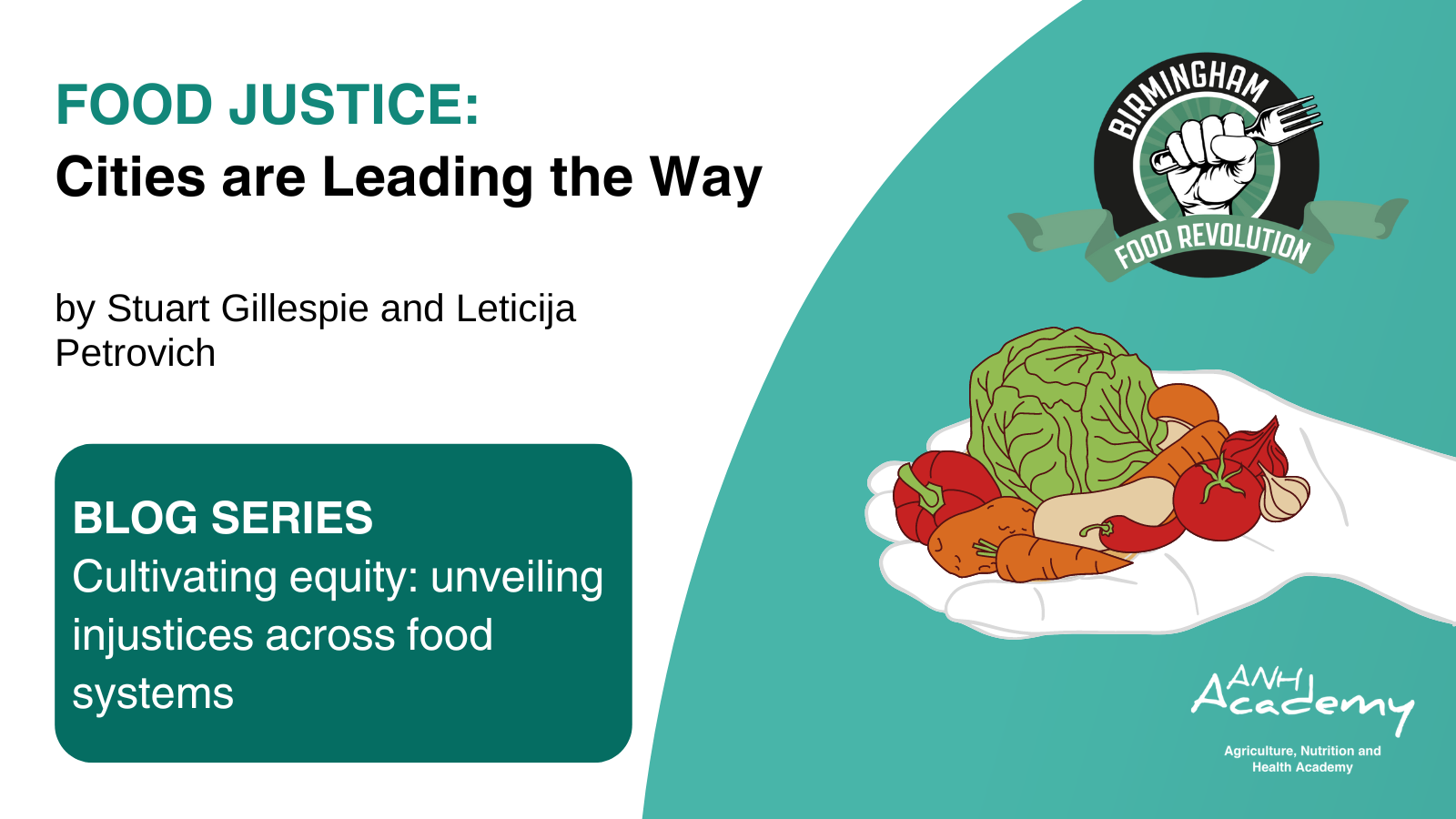| Figure 1 | |
|
a. Wild food environment (forests and agro-forests)
Photo credit: Selena Ahmed
|
b. Cultivated food environment (home gardens)
Photo credit: Selena Ahmed
|
Of the over 500 measures identified that explicitly categorize themselves as food environment measures, we found that less than a dozen of existing metrics directly take into account wild and cultivated food environments (Herforth and Ahmed 2015). Rather, food environment metrics most often solely focus on the market (retail or built) food environment that includes grocery stores, restaurants, schools, workplaces, farmers’ markets and other market systems (Figure 2).
|
Figure 2
|
|
|
| Figure 3 | Figure 4 |
 |
|
|
Wild and cultivated food environments, Yunnan, China
Photo credit: Selena Ahmed
|
Smallholder farmers in Kenya in a plot intercropped with vegetables
and fruits,including wild and semi-wild indigenous leafy vegetables
Photo credit: Anna Herforth
|
|
Figure 5
|
|
|
The development of these ideas have been supported by research funded by the United States National Science Foundation (NSF RII Track-2 FEC 1632810 and NSF CNH BCS-1313775) and the National Institute of General Medical Sciences of the National Institutes of Health (Award Number P20GM103474). The content is solely the responsibility of the authors and does not necessarily represent the official views of the US National Science Foundation and the National Institutes of Health.
-
Ahmed, S.; Stepp, J.R.; Toleno, R.; Peters, C.M. 2010. Increased Market Integration, Value, and Ecological Knowledge of Tea Agro-forests in the Akha Highlands of Southwest China. Ecology and Society. 15 (4): 2
-
Ahmed, S.; Peters, C.M.; Chunlin, L.; Meyer, R.; Unachukwu, U.; Litt, A.; Kennelly, E.; Stepp, J.R. 2013. Biodiversity and Phytochemical Quality in Indigenous and State-Supported Tea Management Systems of Yunnan, China. Conservation Letters. 5 (6): 28-36
-
Powell, B, S Haraksingh Thilsted, A Ickowizt, C Termote, T Sunderland and A Herforth. 2015. Improving Diets with Wild and Cultivated Biodiversity from Across the Landscape. Food Security 7(3): 535-554.
-
Byker Shanks, C.; Smith, T.; Ahmed, S.; Hunts, H. 2015. Assessing Foods Offered in the Food Distribution Program on Indian Reservations (FDPIR) Using Healthy Eating Index-2010. Public Health Nutrition doi:10.1017/S1368980015002359
-
Herforth, A.; Ahmed, S. 2015. The Food Environment, Its Effects on Dietary Consumption, and Potential for Measurement Within Agriculture-Nutrition Interventions. Food Security 7(3): 505-520
-
Luckett BG, DeClerck FAJ, Fanzo J, Mundorf AR, Rose D. Application of the Nutritional Functional Diversity Indicator to Assess Food Systems Contribution to Dietary Diversity and Sustainable Diets of Malawian Households. Public Health Nutr. 2015; 18: 2479–2487. doi: 10.1017/S136898001500169X. pmid:26027595
-
Turner, C., Kadiyala, S., Aggarwal, A., Coates, J., Drewnowski, A., Hawkes, C., Herforth, A., Kalamatianou, S., Walls, H. (2017). Concepts and Methods for Food Environment Research in Low and Middle Income Countries. Agriculture, Nutrition and Health Academy Food Environments Working Group (ANH-FEWG). Innovative Methods and Metrics for Agriculture and Nutrition Actions (IMMANA) programme. London, UK.





